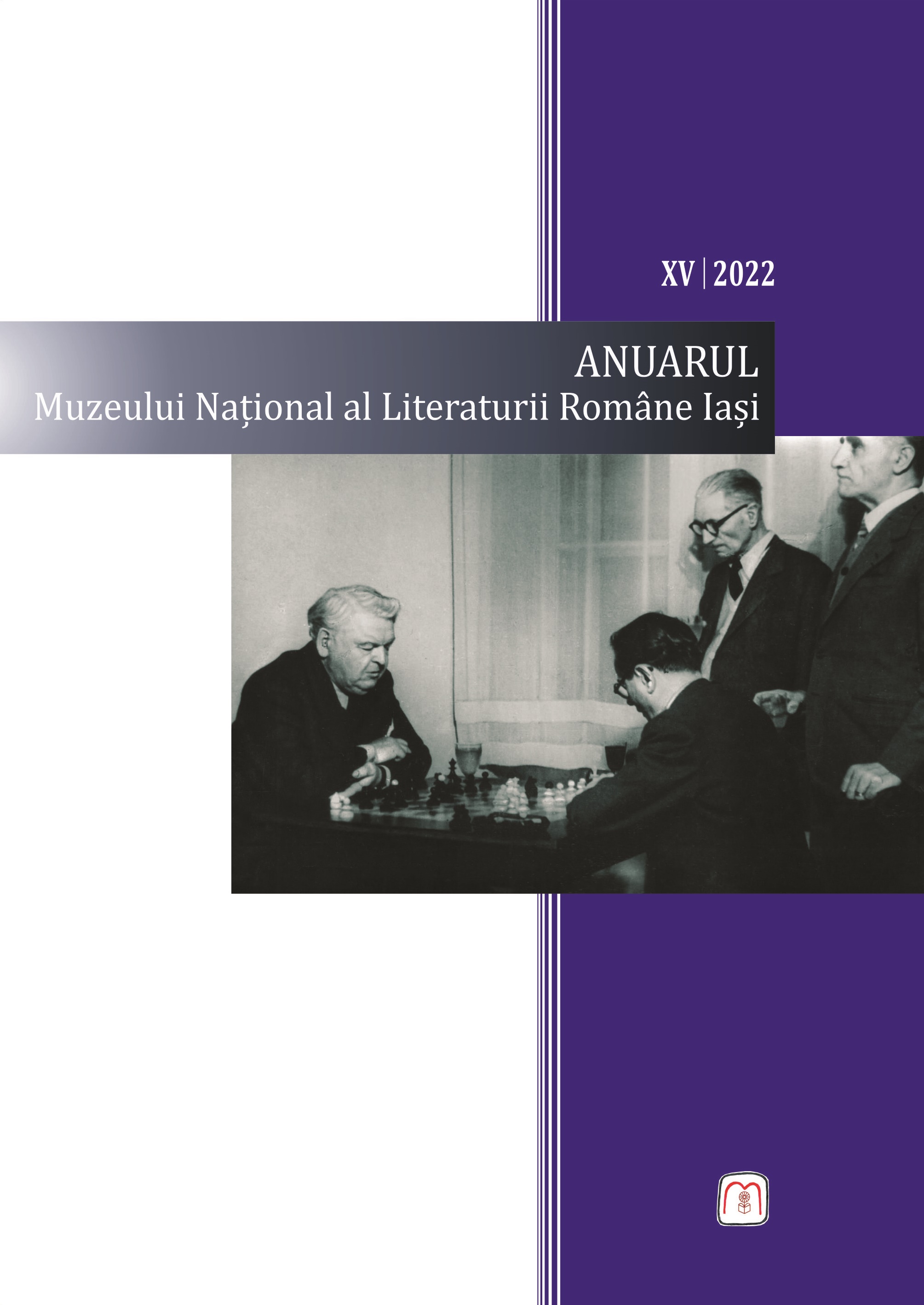Orașul Iași și mișcarea eteristă (1821-1822)
The City of Iași and The Hetairia (1821-1822)
Author(s): Mădălin Constantin AnghelSubject(s): History, Local History / Microhistory, Political history, 19th Century
Published by: Editura Muzeelor Literare
Keywords: Iași; Hetairia; boyars; the Church of the Three Hierarchs; the Galata monastery;
Summary/Abstract: The events of 1821 have attracted great interest over the years. The actions of the Hetairia and those of Tudor Vladimirescu have been the central point of analyses devoted to the subject, including recently, on the occasion of the bicentenary of the 1821 Revolution. In general, the facts unfolded in the Principality of Moldavia have interested the historiography, which concentrated on the Hetairist itinerary or on the relations between the Hetairists and the natives. This paper focuses on an urban landmark within these events: the city of Iași. Thus, it tries to trace, as far as the sources allow, facts, people, places and relations between them in the city of Iași during 1821. The subject is relevant because it concerns the capital of Moldavia, the socio-political center of the Principality, and the place where the Greek uprising broke out. The article identifies the members of the Hetairia from Iași around the outbreak of the insurrection and to what extent the local boyars were aware of their plans. It also traces the relations between the Hetairists and the natives after the outbreak of the revolution, taking as landmark the presence of the Hetairist leader in Iași, then the disavowal of the Tsar and the attempt of the Greeks to control the city. The assumption of power here, either by the boyars or by the Hetairists, underlines in a clearer way the importance of Iași in the events, being both the point of connection between Odessa and Chișinău, from where new volunteers, weapons and supplies were coming, and Wallachia, where Alexandros Ypsilantis was waiting for them, as well as a “supplier”, which complicated the relationship between the natives and the Greeks. At the same time, with reference to the city of Iași we not only have this “memory of facts” but also a “memory of places”: the imposing Church of the Three Hierarchs was at the center of events several times in 1821, the Galata monastery was the “head-quarters” of the Greek insurrection in its early days, Copou hosted the Ottoman army from the summer of 1821 and the houses of the boyars sheltered either Hetairists or Turks depending on the circumstances. Today’s “Grigore Ghica” park, the site of the Beilic, witnessed the rage of the Hetairists against the Turks. The streets of Iași were one of the settings for the events of 1821, that brought important social and political changes, whether we are talking about the restructuring of power relations at the elite level or the return to local Princes.
Journal: Anuarul Muzeului Naţional al Literaturii Române laşi
- Issue Year: XV/2022
- Issue No: XV
- Page Range: 43-66
- Page Count: 24
- Language: Romanian

